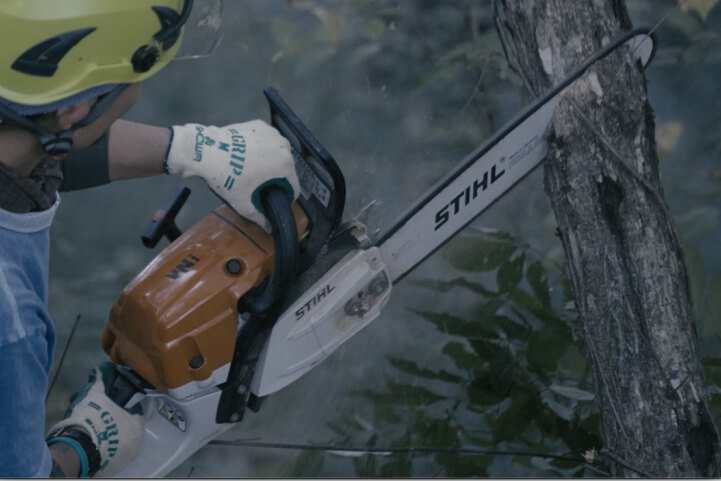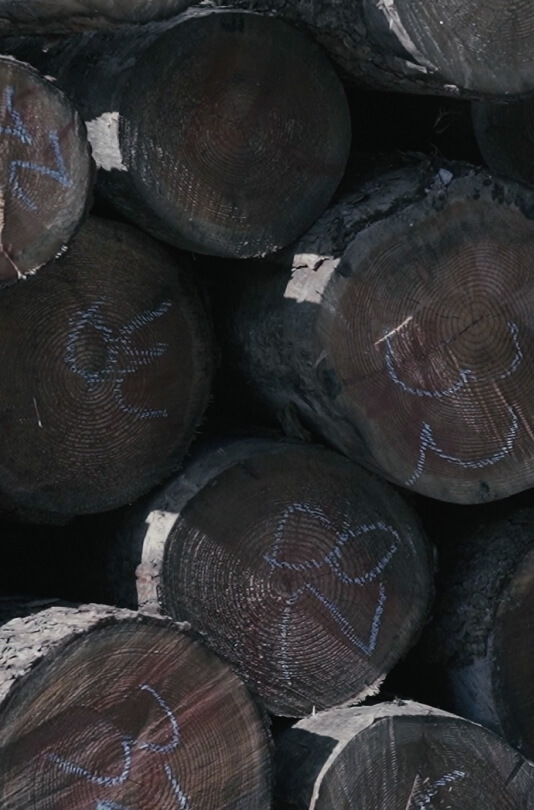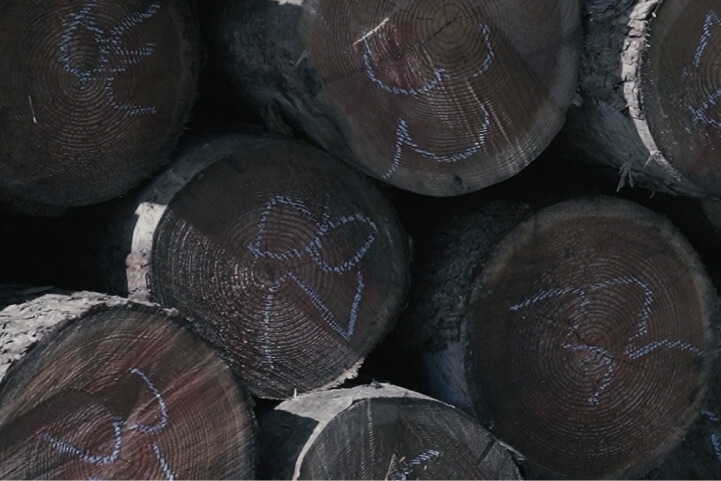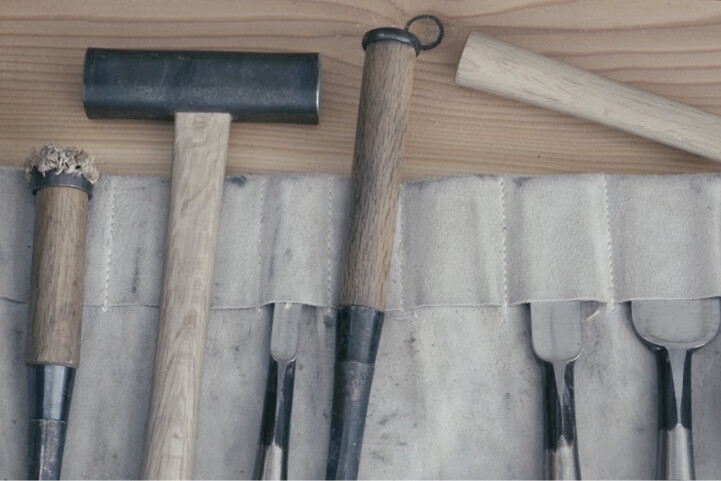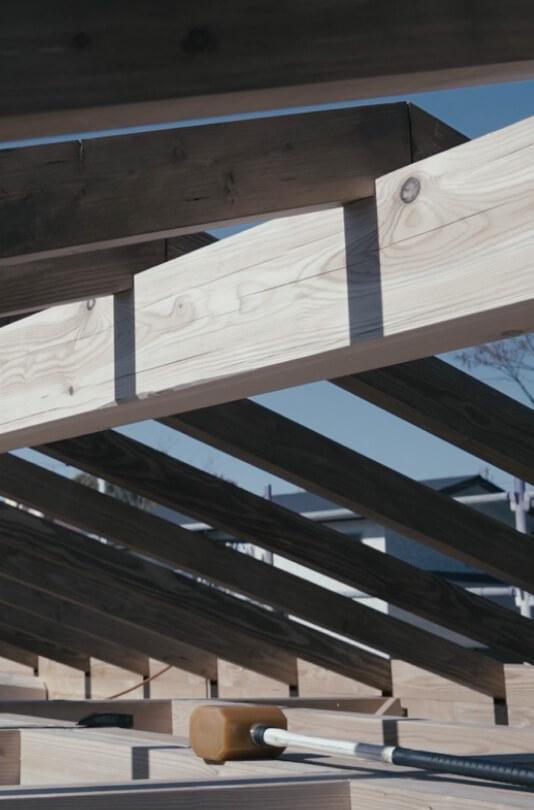We do not build houses, we build happiness
SpecialityBuild
The final stage is the construction of the house. When it comes to the woodcarving, called “Kizami”, only a few carpenters work on it, but when it comes to the assembling process, known as "Tatekata", our carpenters work lively together. Constructing the frame is a hectic process, the shape of the house quickly takes form during this process. The final step of the "Tatekata" is to raise the ridgepole. In Japanese, this step is called "Joutou". We celebrate at the "Jichinsai", which is a ground-breaking ceremony, then we drink at the "Joutou". The interior and exterior finishes are simple yet time-consuming jobs. It takes a lot of patience to build the fittings out of wood without using sashes. But it's also where a carpenter's real talent comes into play. This is because the houses we build are filled with the happiness of the people who live in them. We are not building houses; we are building happiness.
What is an Itazu?
What is an Itazu?
Tatekata, the construction of the house frame, begins. At Sobokuya, a tool known as an Itazu come into use at that time. It is a blueprint drawn by the architect and transposed by the master carpenter into a chart. The chart is drawn on a single board measuring 91x182cm. This tool is called Itazu and has more than 1500 years of history behind it. The timbers are marked with a combination of letters and numbers (A-1, A-2, A-3, B-1, B-2, etc.) to guide the builders while they work on construction. It is a quick and efficient process.
Working energetically,
yet carefully
Working energetically,
yet carefully
Many carpenters are involved in the Tatekata. Some are hammering girders into columns with a kakeya (a large wooden or plastic hammer), some are driving a crane to carry timbers up to a high place, some are hammering Komekou (a nail-like object made of wood) into joints (two pieces of timber joined together to make a long piece), and four people are working on a Kumite (a team of four), all looking blissful. But we must not forget to exercise care, as it is dangerous and one must not be careless.
The building has been raised
The building has been raised
The part supporting the highest section of the roof is known as the ridge. Once this ridge is up, the Tatekata process is complete. Finally, the 'ridgepole raising ceremony', known as Joutoushiki, is celebrated. A Shinto altar is prepared, and the owner and carpenters celebrate the ridgepole raising ceremony. Sake and rice are offered at the four corners of the house, which is still a mere skeleton. The building is then decorated with a building tag (a guardian card and the register of the building, written on a thick board) which is tied to a bundle post on the ridgepole. The ceremony ends with the changing of Sobokuya's original chant: Yo - yo - yo -yo ♪
Finishing is the hardest part
Finishing is the hardest part
After the ridgepole has been raised, there is no rest until the roof is put up. The weather clears up, the roof is put on and the ceremony wraps up. After that, it's time for the finishing touches The following day the roof assembling process begins. The finishing work is a steady process. Unlike the Tatekata, it is carried out by several people in an unhurried manner. In most of Sobokuya’s houses, doors, windows, kitchens, and other fittings are also made of wood. This is a work of patience, it takes several months to hand over the house, depending on the size of the project.

